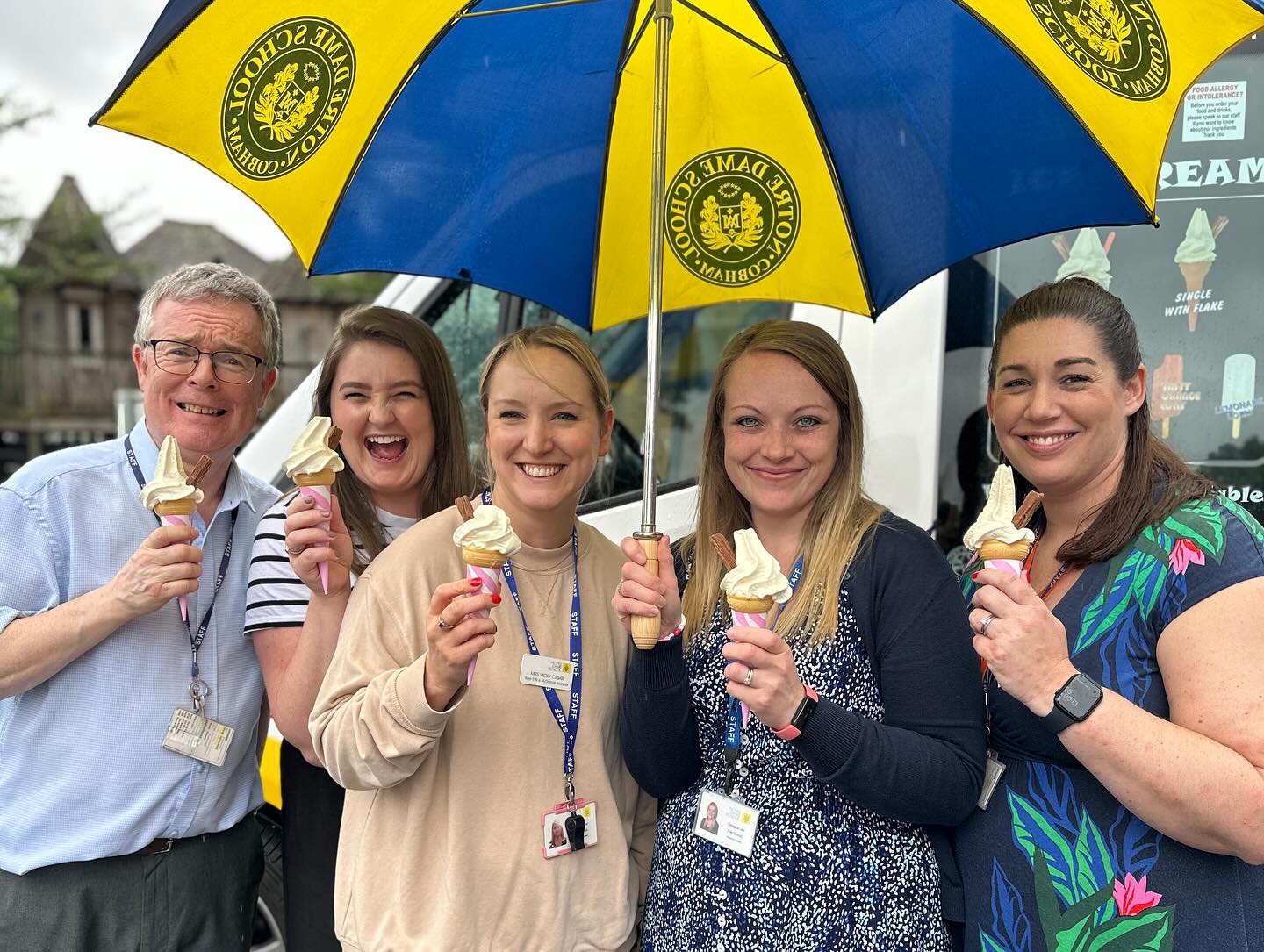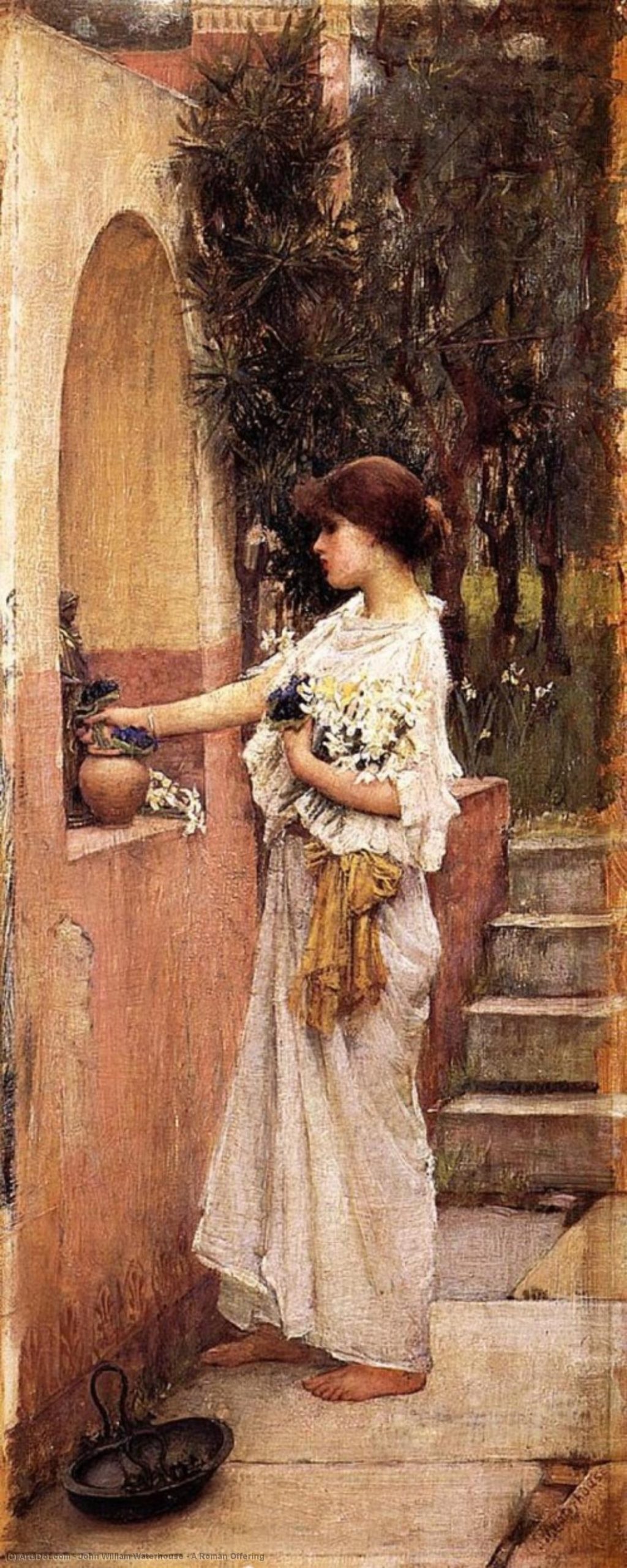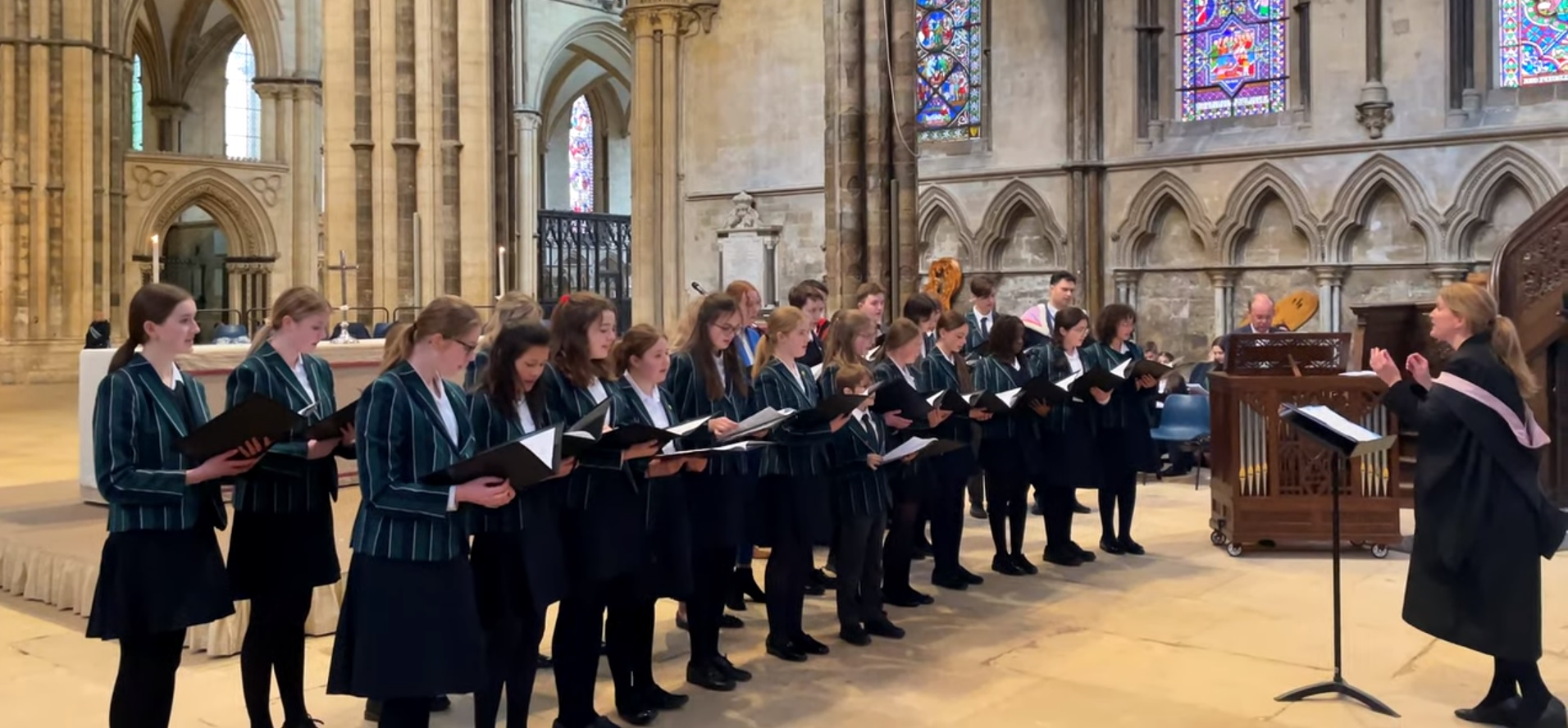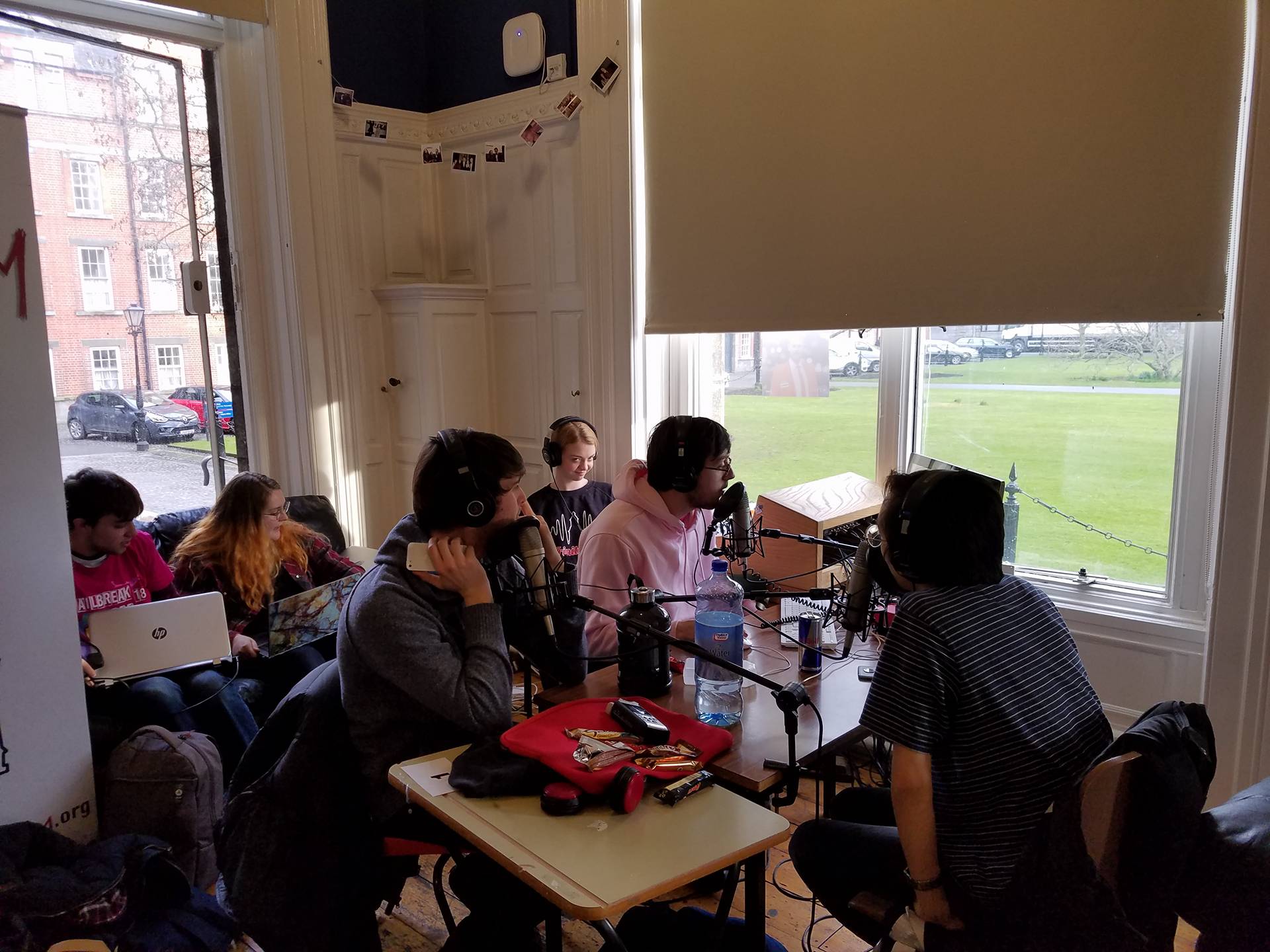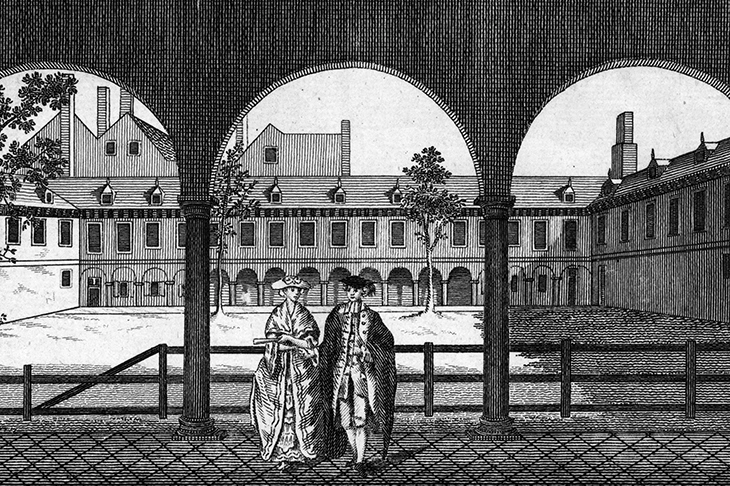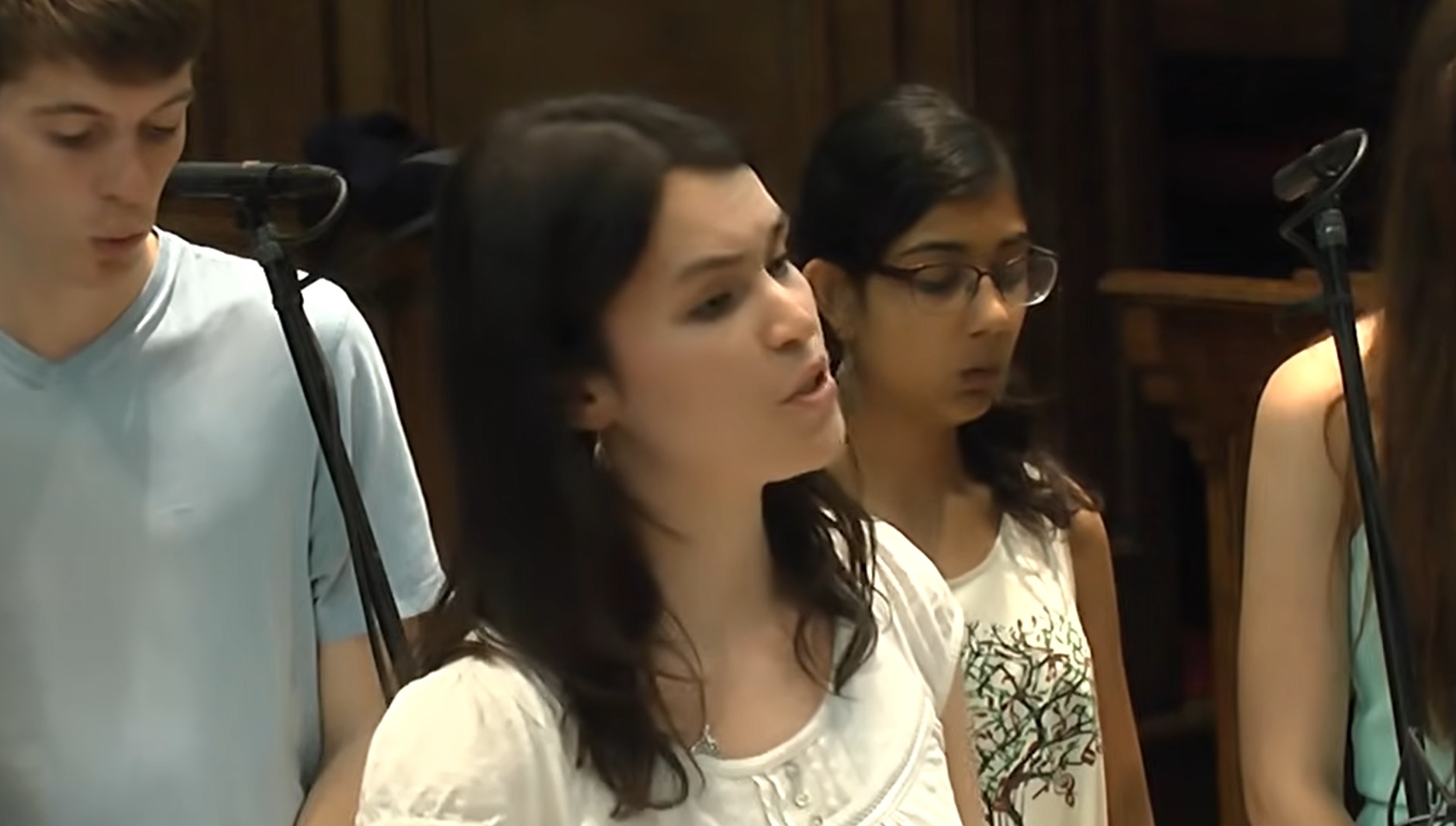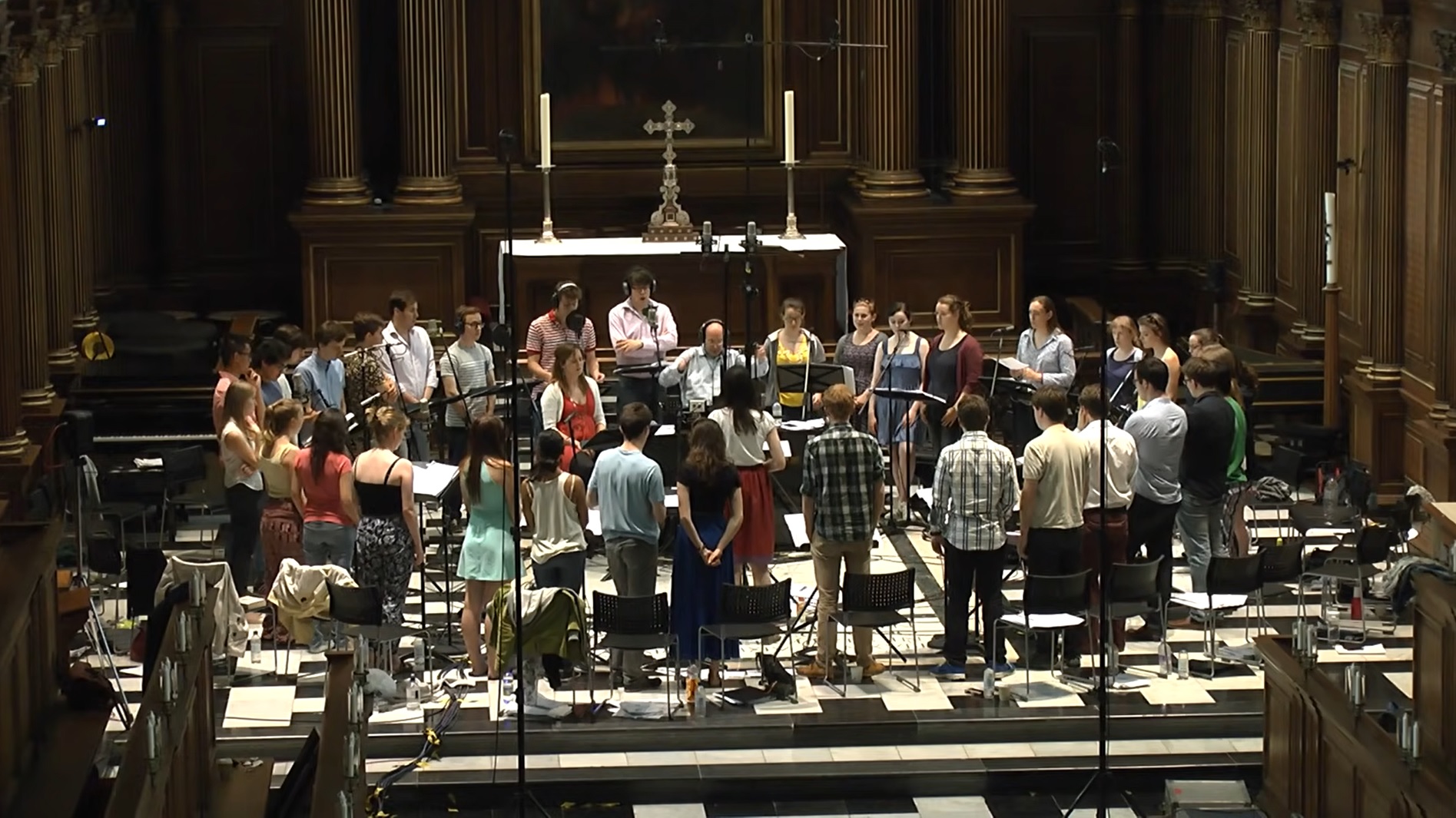Tag Archives: United Kingdom
- Home
- Posts tagged "United Kingdom" (Page 4)

Tea Water & Simnel Cake
“Love and scandal are the best sweeteners of tea.”
— Henry Fielding “Love in Several Masques (Act IV, Scene 11)”
Simnel Cake: British Food History
Mothering Sunday
Observed the fourth Sunday of Lent, known as Laetare Sunday, a day when the strict fasting rules of Lent are traditionally relaxed. The name referred to the practice of returning to one’s “mother church”—the main church or cathedral of the region—for a special service. Over time, this evolved into a day when people, especially young servants and apprentices working away from home, were given time off to visit their families and attend their home parish church and sharing Simnel Cake.
Vide: Office of National Statistics: How is the fertility rate changing in England and Wales?
The weather this week has been glorious! 🌤️
Photo by randheer_photography04.
Please send us your pictures via direct message for a chance to be featured next week. pic.twitter.com/Pe6xQ9W4ko
— University of Lincoln, UK (@unilincoln) March 6, 2025
BSI Group | Estates Annual Report 2024
The Eternal Music
“Heard melodies are sweet,
but those unheard are sweeter…”
John Keates (Ode on a Grecian Urn)
History of Western Civilization Told Through the Acoustics of its Worship Spaces
LIVE: Trinity FM
“When a true genius appears in the world, you may know him by this sign,
that the dunces are all in confederacy against him.”
– Jonathan Swifit, Trinity College graduate
Maths and Sport
The use of “maths” instead of “math” is a difference in British English compared to American English. In British English, the word “mathematics” is often referred to as “maths,” with the added “s” signifying the plural form. This is consistent with how British English commonly shortens many words by adding an “s” to the end. For example, “physics” becomes “phys, “economics” becomes “econs,” and so on.
In contrast, American English typically shortens “mathematics” to “math” without the additional “s,” following a different pattern of abbreviation.
The reason for these linguistic differences is rooted in the historical development of the English language and regional linguistic variations that have evolved over time. British English and American English have diverged in certain aspects of vocabulary, pronunciation, and grammar, resulting in variations like “maths” and “math.” It’s important to note that neither is inherently correct or incorrect; they are just regional preferences.
|
Gresham College is a higher education institution located in London, UK. It was founded in 1597 under the will of Sir Thomas Gresham, a financier and merchant who left funds for the establishment of a college in the heart of the city. The college’s original aim was to provide free public lectures in a range of subjects, including law, astronomy, geometry, and music. The lectures were intended to be accessible to anyone who was interested in learning, regardless of their background or social status. Over the centuries, Gresham College has remained true to this mission, and today it continues to offer a range of free public lectures and events that are open to all. |
LIVE: ABER Radio
The station was established in 1977, long before the advent of internet radio, with the goal of providing students a platform for creative expression, entertainment, and community involvement. Initially, it operated as a small, pirate-style radio station, broadcasting on a limited basis to the university campus. It mainly aired music and student-related content. Over time, the station evolved to include news, talk shows, and interviews, becoming an important part of student life and a voice for the university community.
In the early 1980s, after gaining recognition, the station was granted a temporary Restricted Service Licence (RSL) by Ofcom. This allowed it to broadcast legally on an official frequency for short periods. During this time, the station used various FM frequencies, with the exact frequency changing depending on licensing terms and specific broadcast periods.
In the 1990s, ABER Radio received an official license, enabling it to expand its reach and professionalize its operations. With this transition, the station began broadcasting online, offering a diverse range of programming from music and entertainment to news and current affairs. It also provided students with valuable experience in radio production, journalism, and broadcasting.
Our academics are set to test the gut health benefits of a seaweed extract as part of efforts to improve the nation’s health.
More: https://t.co/BHefU6dzzy pic.twitter.com/O1g0HuBqxX
— Aberystwyth University (@AberUni) January 2, 2025
✍️ Our Centre for Creativity & Wellbeing is running a ‘Marginalised Writers TakeOver Day’ on Saturday 13 July to empower marginalised writers to make their voices heard.
@AberEnglishDept @Durre_Shahwar @Grace_Quantock @isabeladonis @nothumanhead pic.twitter.com/KO0ufbsNc7
— Aberystwyth University (@AberUni) June 27, 2024
Related:
“I’m probably the only person who actually remembers pirate radio” — Bill Nighyhttps://t.co/prxB5e9Hy6 pic.twitter.com/0yO4rUtGbg
— Standards Michigan (@StandardsMich) March 22, 2024
New update alert! The 2022 update to the Trademark Assignment Dataset is now available online. Find 1.29 million trademark assignments, involving 2.28 million unique trademark properties issued by the USPTO between March 1952 and January 2023: https://t.co/njrDAbSpwB pic.twitter.com/GkAXrHoQ9T
— USPTO (@uspto) July 13, 2023
Standards Michigan Group, LLC
2723 South State Street | Suite 150
Ann Arbor, MI 48104 USA
888-746-3670


